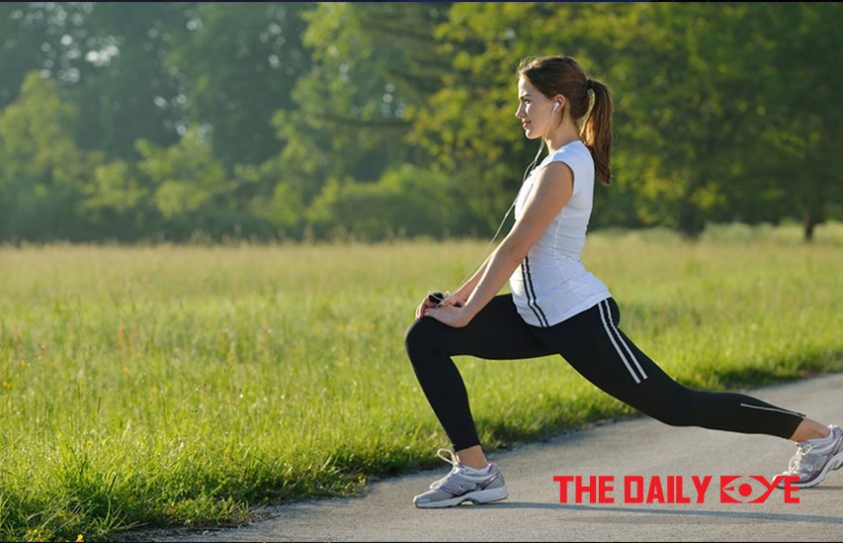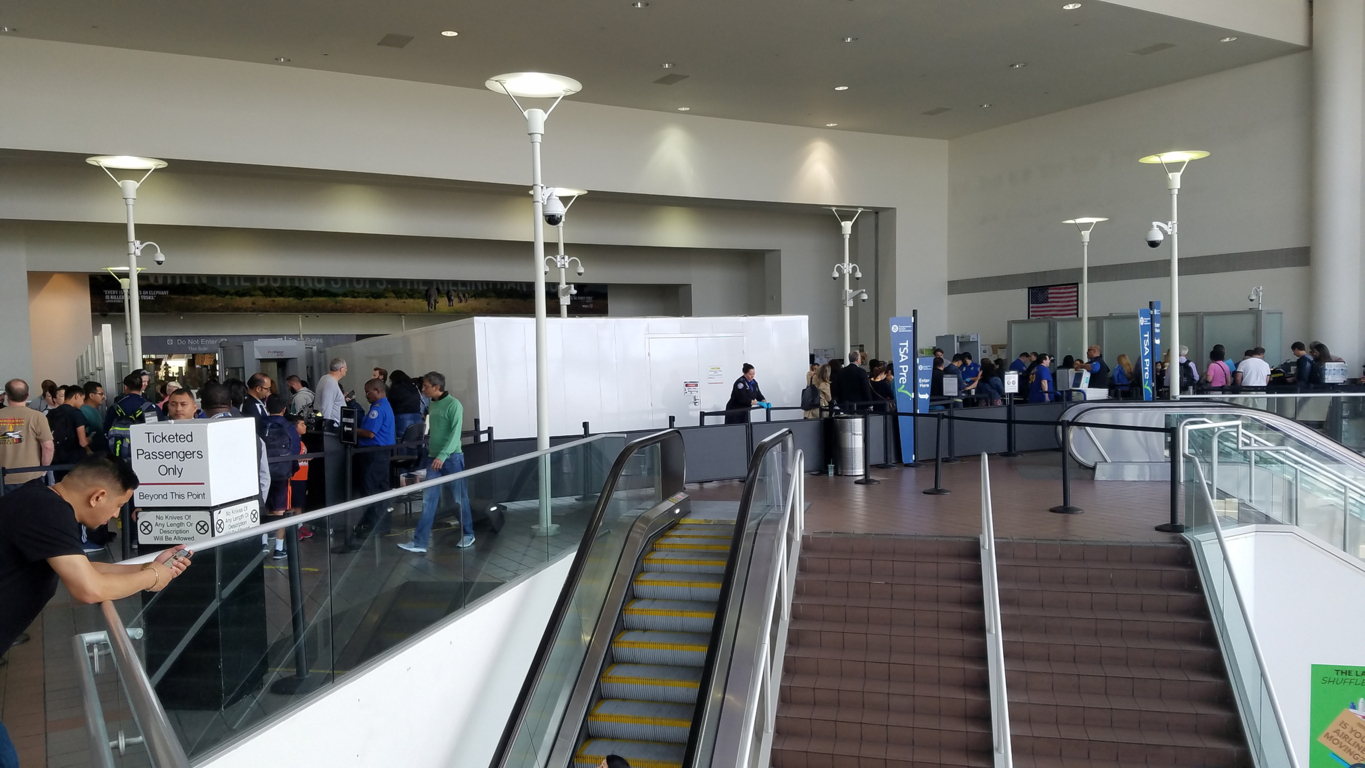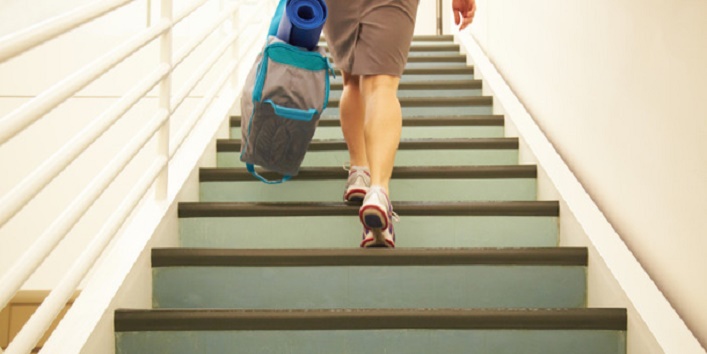
Take the Stairs to get the Stares
by Yash Saboo October 17 2017, 2:15 am Estimated Reading Time: 2 mins, 56 secsStarting today, healthy living is within your reach. Sure, healthy living is a long-term commitment, not a flash-in-the-pan fad. But there are steps you can take right now that will make today healthier than yesterday and pave the way for healthy living tomorrow, too. The CDC recommends that adults get at least two and a half hours per week of moderate-intensity aerobic activity or one hour and 15 minutes per week of vigorous-intensity aerobic activity, plus muscle-strengthening activities at least two days per week.

How much physical activity do you get in a typical week? How intense is that activity? How much variety do you get in your activity, and how much do you enjoy it? To address that question, researchers from San Diego State University looked at whether a simple sign could encourage airport visitors to take the stairs rather than the escalator.
For 10 non-consecutive days, a team led by SDSU public health researchers Yael BenPorat, Brent Bishop and Melbourne Hovell posted one of five signs at the bottom of a set of stairs and escalators ascending to a sky bridge into San Diego International Airport's Terminal 1.
The signs read:
- "Please reserve the escalator for those who need it."
- "Don't lose time, lose weight. Use the Stairs."
- "Don't waste Time, trim your Waistline. Use the Stairs."
- "You'll get more stares if you use the stairs."
- "If you want to feel younger, act younger. Step it up! Use the stairs."
The research team kept track of how many people took the stairs versus the escalator on the sign days and no-sign days. The researchers also interviewed people at the top of the stairs about their health history and physical activity levels.

Strikingly, when one of the signs was present, about twice as many people took the stairs compared to a no-sign day. The prompts appeared to nudge both regular exercisers as well as non-exercisers, said study co-author Natasha Bliss, an alumna of the SDSU Graduate School of Public Health and current associate director of development for the university’s College of Professional Studies and Fine Arts.
“We saw the effect even when people were carrying luggage, even when they were in a rush,” Bellettiere said. “It’s the first time this kind of effect has been shown at an airport.”
Stair climbing is recommended by doctors and health authorities worldwide because high-quality studies show that climbing just eight flights of stairs a day lowers average early mortality risk by 33%. Seven minutes stair climbing a day can halve the risk of heart attack over 10 years. Just two minutes extra stair climbing a day is enough to stop average middle age weight gain. Stair climbing delivers these benefits by improving our cardiovascular fitness. It's officially classified as a 'vigorous' form of exercise and burns more calories per minute than jogging.
Whoever came up with this idea at the San Diego Airport encouraged even small amounts of exercise amongst people, which is important, Bellettiere added, because of its compounding effect in people’s lives. By raising our heart rate, stair climbing helps protect against high blood pressure, weight gain and clogged arteries. This lowers the risk of developing chronic conditions such as diabetes, heart disease, vascular dementia and even some cancers. If they choose the stairs early in the day, they may make similar healthy choices throughout the day. Also, when people see others taking the stairs, they are more likely to do so themselves, creating a ripple effect.




-173X130.jpg)
-173X130.jpg)
-173X130.jpg)
-173X130.jpg)
-173X130.jpg)
-173X130.jpg)

-173X130.jpg)